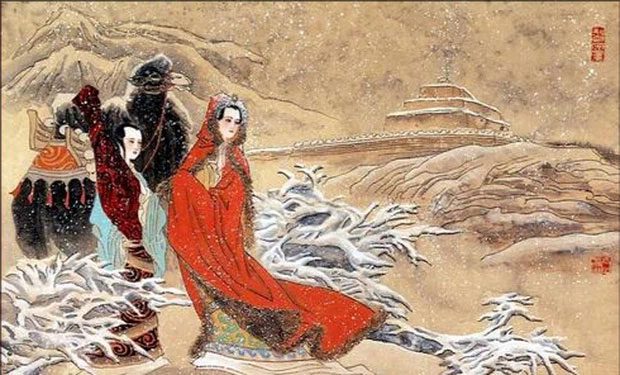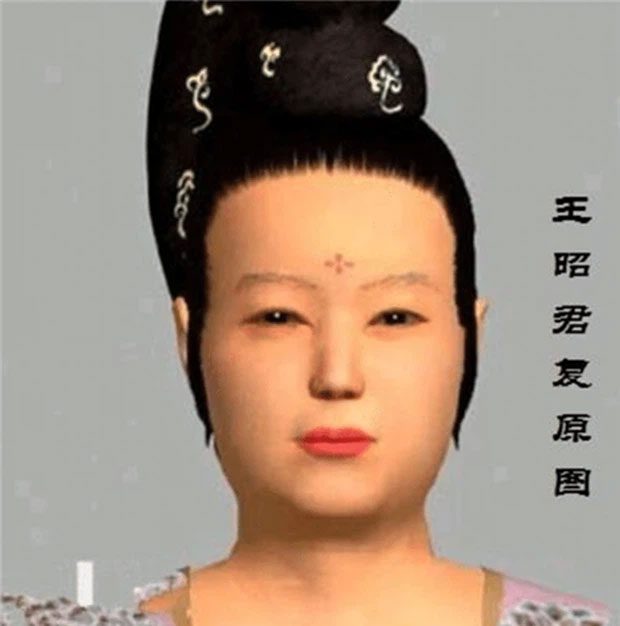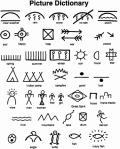What is the Real Appearance of One of the Four Great Beauties of China, Wang Zhaojun, Known for Her “Dazzling” Beauty?
According to surviving historical texts, Wang Zhaojun was a girl from a commoner family who, due to her beauty, was brought to the palace with the hope of becoming a favored concubine of the emperor. Alongside Wang Zhaojun were thousands of other beauties, but the emperor did not pay attention to them. Instead, he relied on painters to depict the appearances of these young women and selected from the paintings.

Actress Yang Mi, who portrayed Wang Zhaojun in the film of the same name.
Wang Zhaojun was stunningly beautiful, but because her family could not afford to “bribe” the painter, she was portrayed poorly in a strange manner. Conversely, those who were less attractive but had “connections” were painted beautifully. As a result, Wang Zhaojun was not chosen by the emperor.
According to palace regulations, Wang Zhaojun, along with other palace women, ended up washing clothes and became an ordinary maid in the palace, unable to leave.
Some time later, when the Xiongnu chief visited Emperor Yuan of Han, he expressed a desire for a marriage alliance, stating that if this was fulfilled, the Xiongnu would no longer trouble the borders. After careful consideration, Emperor Yuan of Han agreed. According to old customs, before the marriage, a palace woman would be chosen, then conferred as a princess, and finally the marriage alliance would take place.
However, no palace woman was willing to make such a sacrifice. Staying in the palace still held the hope of becoming a favored consort, but going to the distant Xiongnu meant leaving her homeland, possibly never to return.
At that moment, Wang Zhaojun suddenly insisted on going. Upon seeing her, Emperor Yuan of Han was astonished and immediately wanted to choose someone else. However, Wang Zhaojun was resolute in her decision, leading him to finally agree. People say that the more Emperor Yuan of Han thought about it, the angrier he became, even wanting to punish the painter for his terrible work.
This is the story of “Zhaojun’s Departure”, which, regardless of her external beauty or inner qualities, has been highly regarded by scholars and poets alike. The stories recorded about Wang Zhaojun have left a lasting impression on later generations. However, history itself does not document it this way; there was a saying at the time: “Even far away, those who invade the Han must perish.”

Wang Zhaojun in ancient paintings.
At that time, the Southern Xiongnu had long been subdued and were not overly “arrogant” in requesting a marriage alliance; it was merely that Emperor Yuan of Han agreed for diplomatic reasons and to maintain harmony. The story only involves Wang Zhaojun marrying a Xiongnu man, but the folk narrative has painted the story of “Zhaojun’s Departure” as described above.

The true appearance of Wang Zhaojun reconstructed by experts.
Currently, many experts have conducted restorations of the original appearance of Wang Zhaojun. Upon seeing this image, netizens are often left in disbelief. Compared to popular perceptions, the reconstruction of Wang Zhaojun by experts seems like a depiction from two different worlds. However, the experts have assured: “What you see is the truth; believe in it.“
In ancient times, the definition of beauty was like a painting that constantly changed over time and culture, with aesthetic standards quietly evolving. When we look at Wang Zhaojun’s portrait from a modern aesthetic perspective, we can see that she does not necessarily meet the criteria of traditional beauty.
Typically, our classical beauty standards favor an oval face, bright eyes, a straight nose, and a small mouth. However, Wang Zhaojun’s features were not particularly striking; her eyes were small, with even a single eyelid, and her facial contours tended to be rounder and fuller.
Faced with the stunning reconstruction images presented by modern technology, there are many doubts. However, top experts are confident that this is indeed the true portrait and have provided in-depth analyses. In ancient dynasties, beauty standards were very different from those of today. Beautiful women were expected to be plumper, more generous than the slender standards of today. In that era, a plump figure and a full face were considered attractive, and single eyelids were a dominant characteristic of the time. Thus, in that era, Wang Zhaojun was undoubtedly one of the most admired women, and her appearance was celebrated as a beauty ideal.





















































